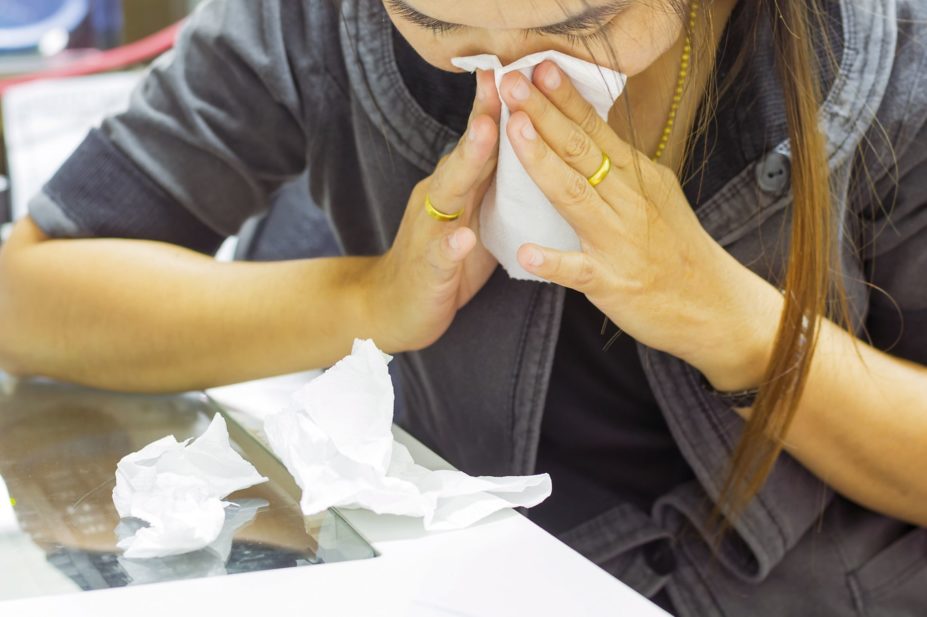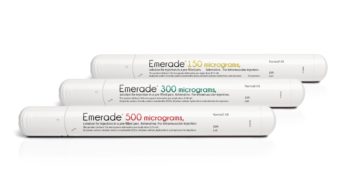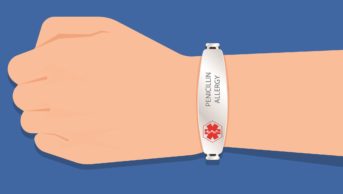
Shutterstock
Researchers have discovered more than 40 risk genes associated with hay fever, including 20 not previously known about.
In the international study, which was published in Nature Genetics (16 July 2018), the researchers carried out a meta-analysis of hay fever, or allergic rhinitis, in 59,762 cases and 152,358 controls of European ancestry and identified a total of 41 risk genes linked to the condition[1]
. The findings were confirmed in a replication phase of 60,720 cases and 618,527 controls.
Most of the 20 genes not previously associated with hay fever were found to be associated with the immune system.
The researchers also performed genome-wide association study analyses of allergic sensitisation against inhalant allergens and non-allergic rhinitis and found that there were shared genetic mechanisms across rhinitis-related traits.
They found an overlap between risk genes for hay fever and those for autoimmune diseases, such as type 1 diabetes and rheumatoid arthritis.
According to the researchers, the underlying causes of hay fever are still not understood and consequently prevention of the disease is not possible.
Further studies of the identified loci and genes are needed to identify potential targets for the treatment and prevention of hay fever, they concluded.
“This is the largest genetic study ever conducted into hay fever,” said Klaus Bønnelykke, clinical research associate professor at the University of Copenhagen and one of the researchers on the study.
“[The study] has allowed us to learn more about the allergy … the risk genes we have mapped can help us understand what causes hay fever … in the longer term this will be helpful when it comes to developing drugs and better treatments for the allergy.”
References
[1] Waage J, Standl M, Curtin J et al. Genome-wide association and HLA fine-mapping studies identify risk loci and genetic pathways underlying allergic rhinitis. Nat Gen 2018;50:1072–1080. doi: 10.1038/s41588-018-0157-1


